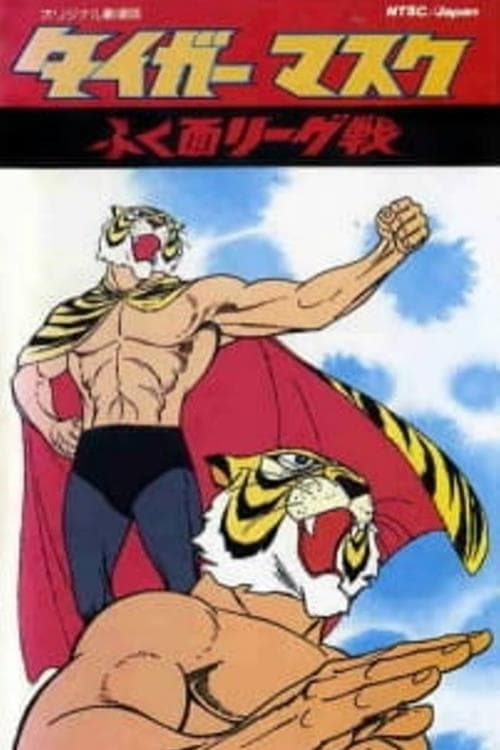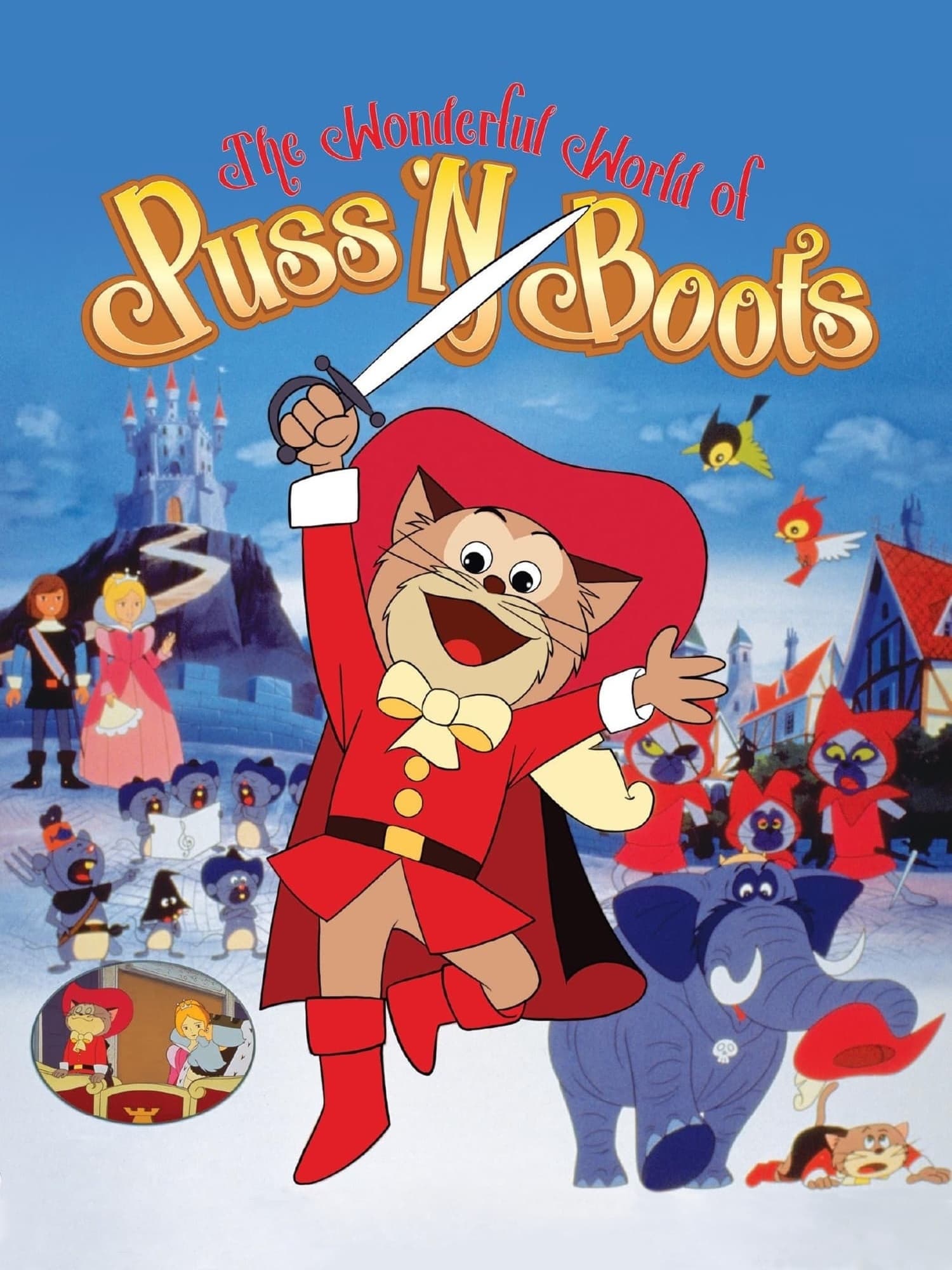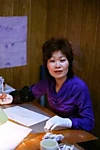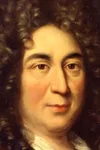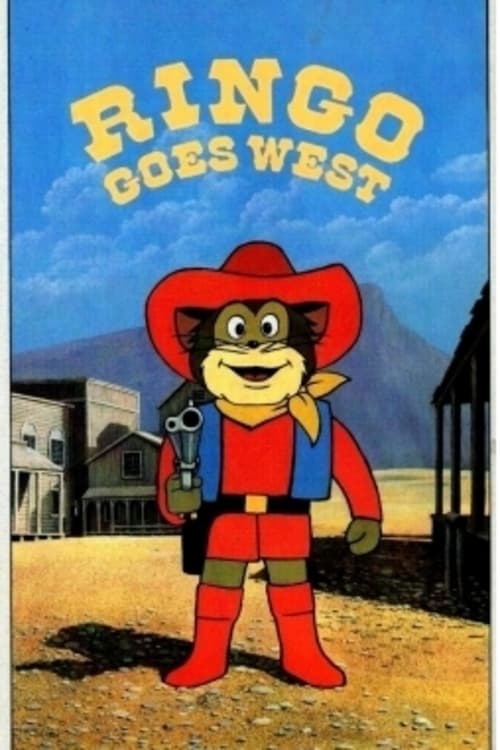The Wonderful World of Puss 'n Boots (1969)
March 18, 1969Release Date
The Wonderful World of Puss 'n Boots (1969)
March 18, 1969Release Date

Plot.
Where to Watch.
 Rent
RentCurrently The Wonderful World of Puss 'n Boots is available for streaming online, rent, buy or watch for free on: Amazon Video
Streaming in:🇬🇧 United Kingdom

This Movie Is About.
Cast & Crew.

Susumu Ishikawa
Pero (voice)

Toshiko Fujita
Pierre (voice)

Rumi Sakakibara
Princess Rose (voice)

Asao Koike
Lucifer (voice)

Kin'ya Aikawa
Killer Cat A (voice)

Isamu Tanonaka
Killer Cat B (voice)

Ado Mizumori
Killer Cat C (voice)

Kazuo Kumakura
Boss Mouse (voice)

Shun Yashiro
Raymond (voice)

Yoko Mizugaki
Little Mouse (voice)

Kenji Utsumi
Daniel (voice)

Kiiton Masuda
King (voice)

Seiichirou Uno
Music

Yasuji Mori
Animation Director

Kimio Yabuki
Director / Producer

Morihisa Yamamoto
Writer
Media.


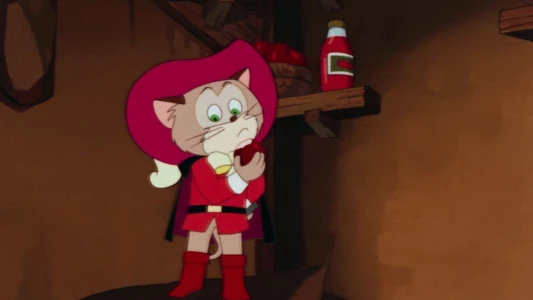

Details.
Release DateMarch 18, 1969
Original Name長靴をはいた猫
StatusReleased
Running Time1h 20m
Genres
Wiki.
The Wonderful World of Puss 'n Boots (Japanese: 長靴をはいた猫, Hepburn: Nagagutsu o Haita Neko, literally "Cat Who Wore Boots") is a 1969 Japanese cel-animated action-comedy musical film produced by Tōei Animation (then Tōei Dōga) and the second film to be directed by Kimio Yabuki. The screenplay and lyrics, written by Hisashi Inōe and Morihisa Yamamoto, is based on the European literary fairy tale of the same name by Charles Perrault, expanded with elements of Alexandre Dumas-esque swashbuckling adventure and cartoon animal slapstick, with many other anthropomorphic animals (kemono in Japanese) in addition to the title character. The Tōei version of the character himself is named Pero, after Perrault. It is the 15th film that Tōei Dōga produced.
The film was released straight to television in the United States by AIP-TV.
The film is particularly notable for giving Toei Animation its mascot and logo and for its roll call of top key animators of the time: Yasuo Ōtsuka, Reiko Okuyama, Sadao Kikuchi, Yōichi Kotabe, Akemi Ōta, Hayao Miyazaki and Akira Daikubara, supervised by animation director Yasuji Mori and given a relatively free rein and adequate support to create virtuosic and distinctive sequences, making it a key example of the Japanese model of division of labour in animation by which animators are assigned by scene rather than character. Most famous of these sequences is a chase across castle parapets animated in alternating cuts by Ōtsuka and Miyazaki which would serve as the model for similar sequences in such later films as Miyazaki's feature-directing début The Castle of Cagliostro and The Cat Returns. Miyazaki is also the manga artist of a promotional comic book adaptation of the film originally serialised in the Sunday Chūnichi Shimbun during 1969, in which it is credited to Tōei Dōga as a whole, and republished in 1984 in a book about the making of the film. The film was re-released 9 years later in the 1978 Summer Toei Manga Matsuri on July 22.
Since becoming Toei Animation's mascot, Pero's face can be seen on the company's primary logo at the beginning or ending to some of Toei's other animated features, both from Japan and some of their outsourced work for other companies. In 2016, a new 3D on-screen logo featuring Pero was revealed in celebration of the company's 60th anniversary. The 3D on-screen logo without the 60th Anniversary wordmark and the company's motto was used since 2019. The former on-screen logo is currently used as a print logo.
Puss 'n Boots Collection.
You May Also Like.
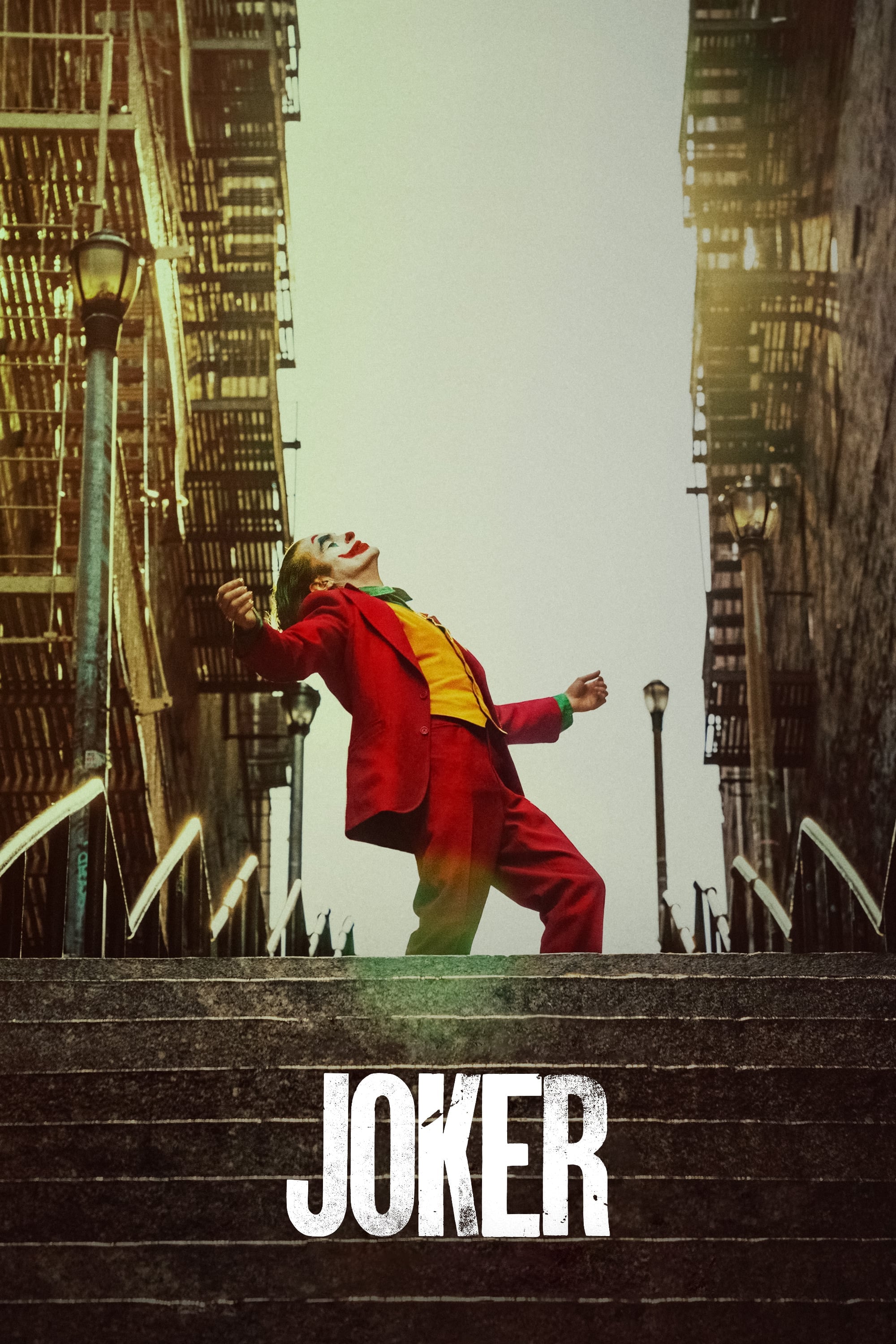
Joker (2019)
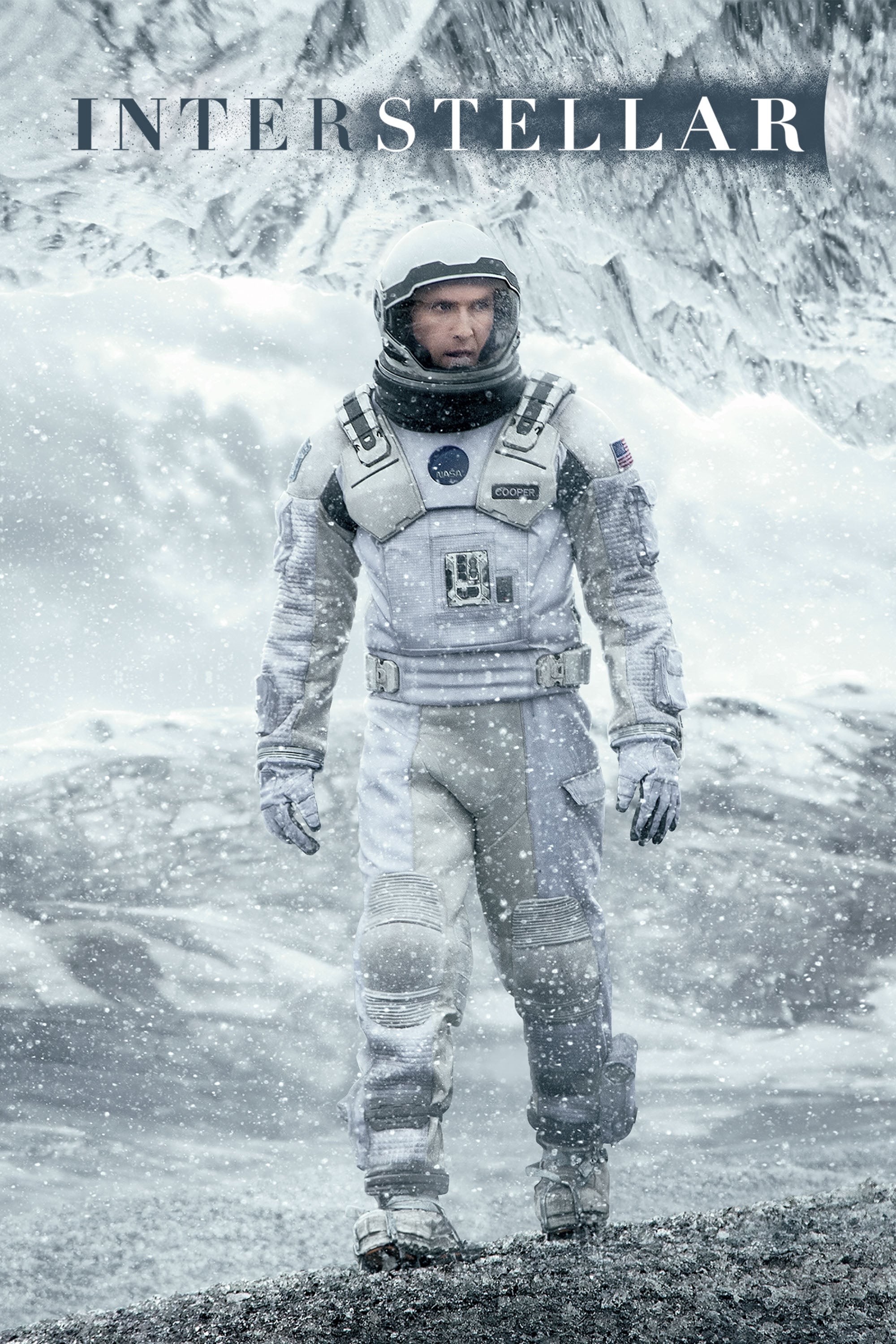
Interstellar (2014)
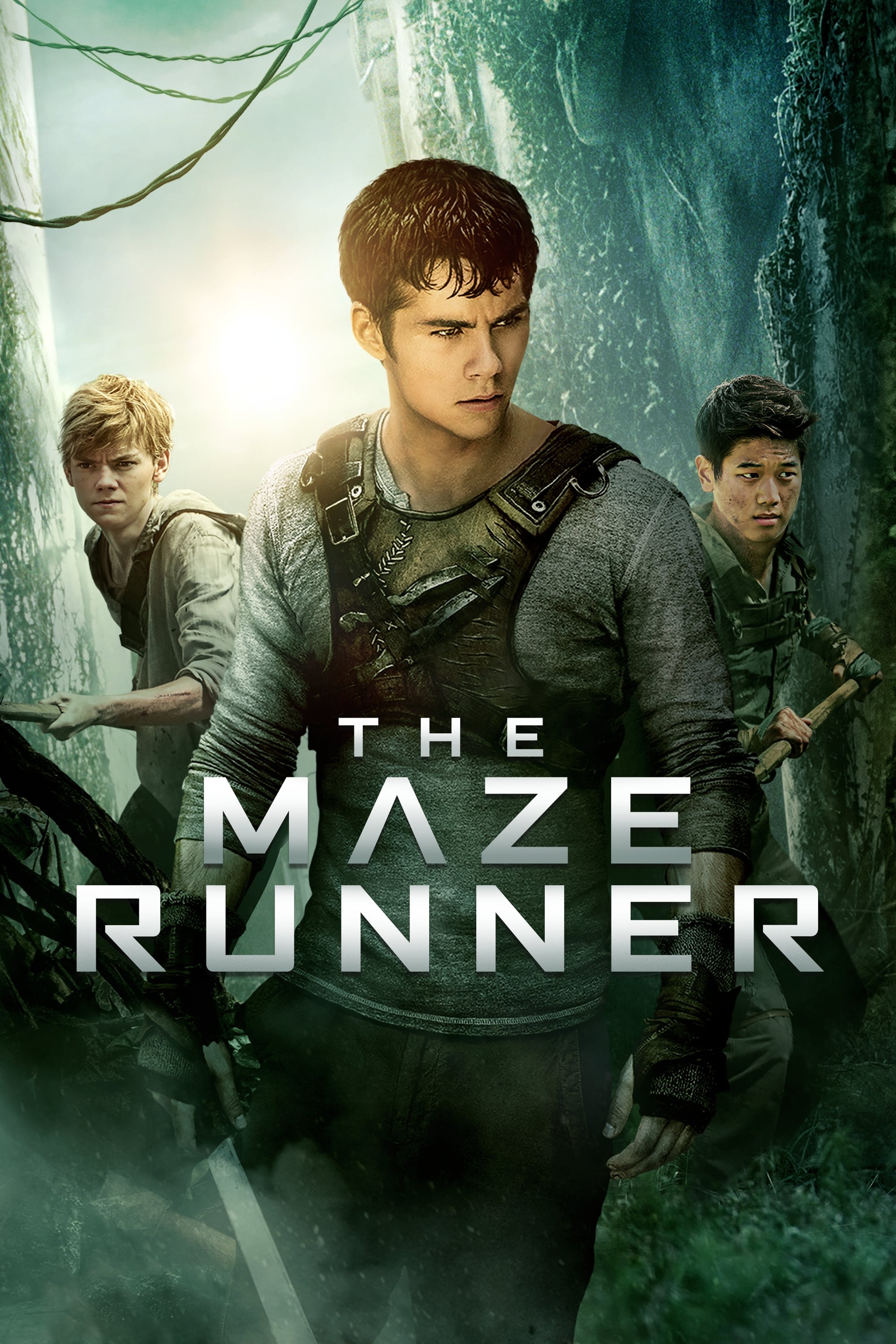
The Maze Runner (2014)
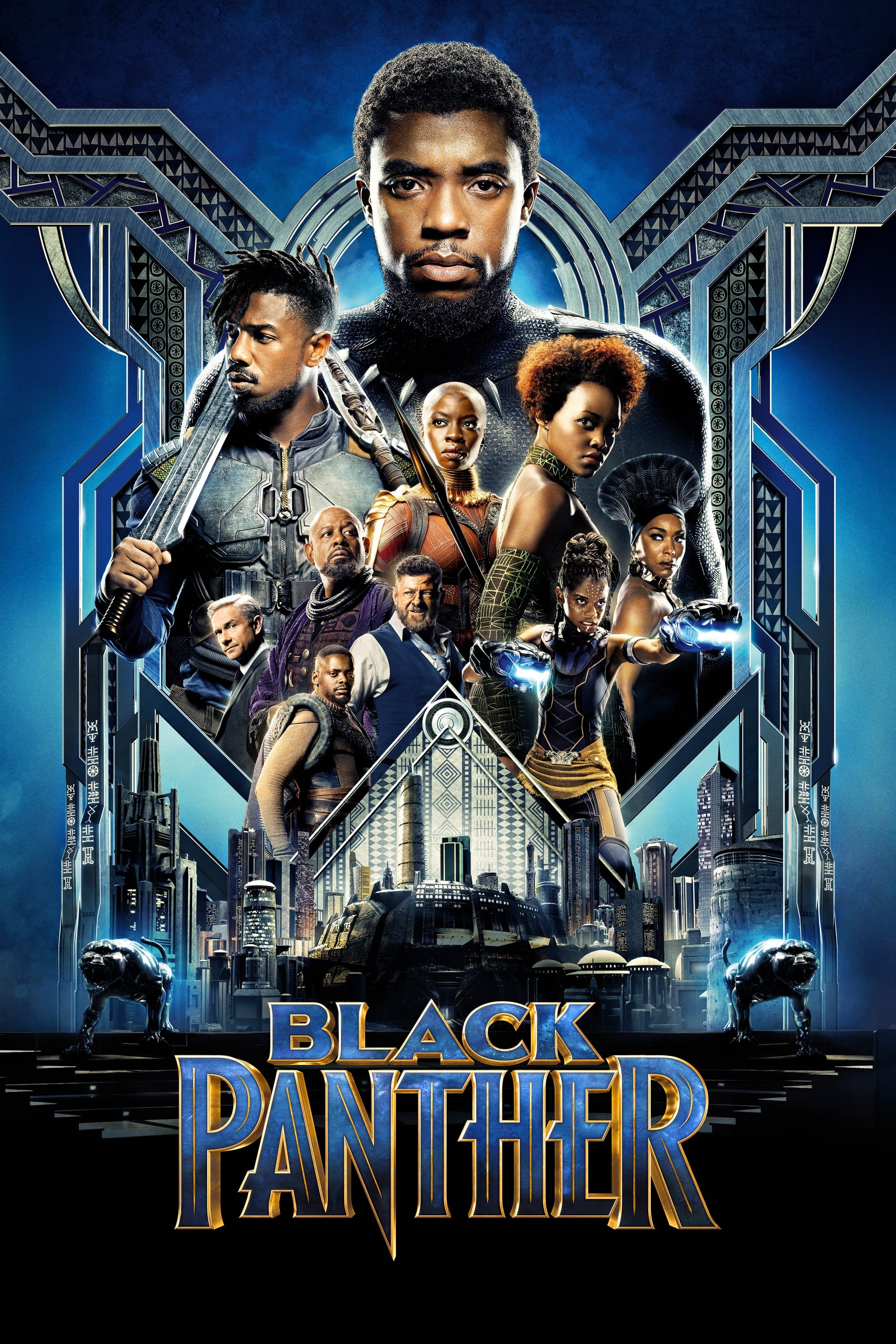
Black Panther (2018)
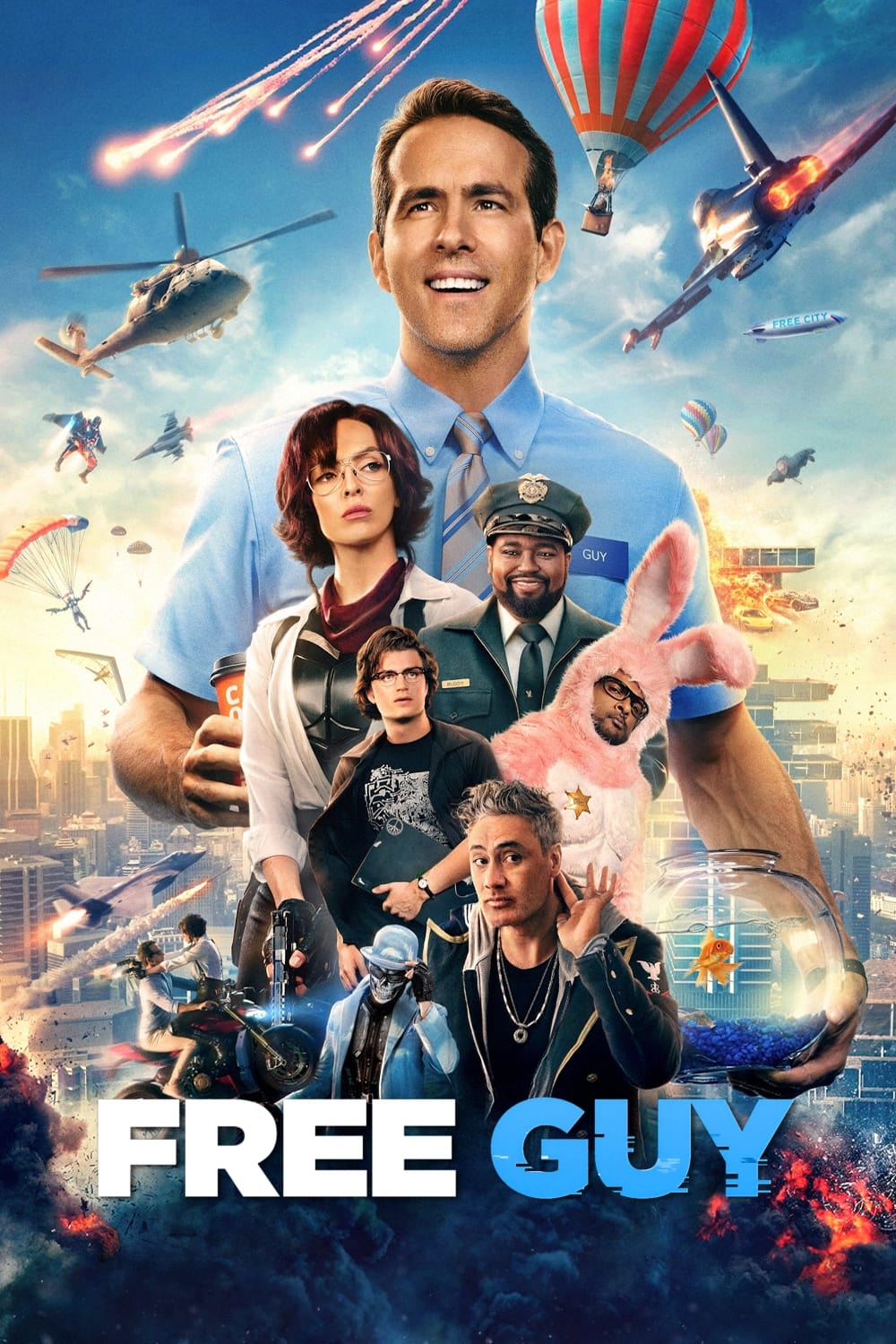
Free Guy (2021)

Midsommar (2019)
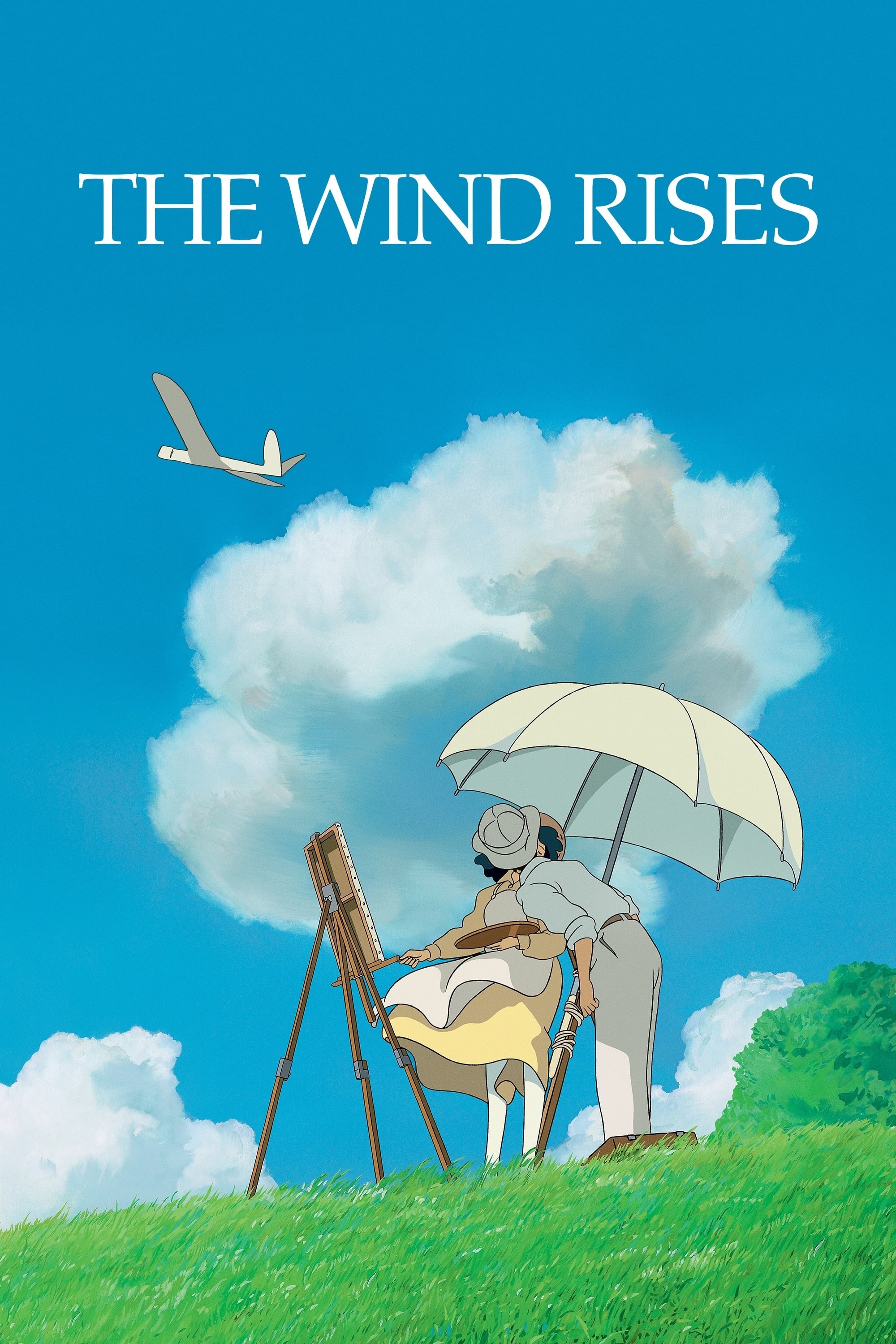
The Wind Rises (2013)
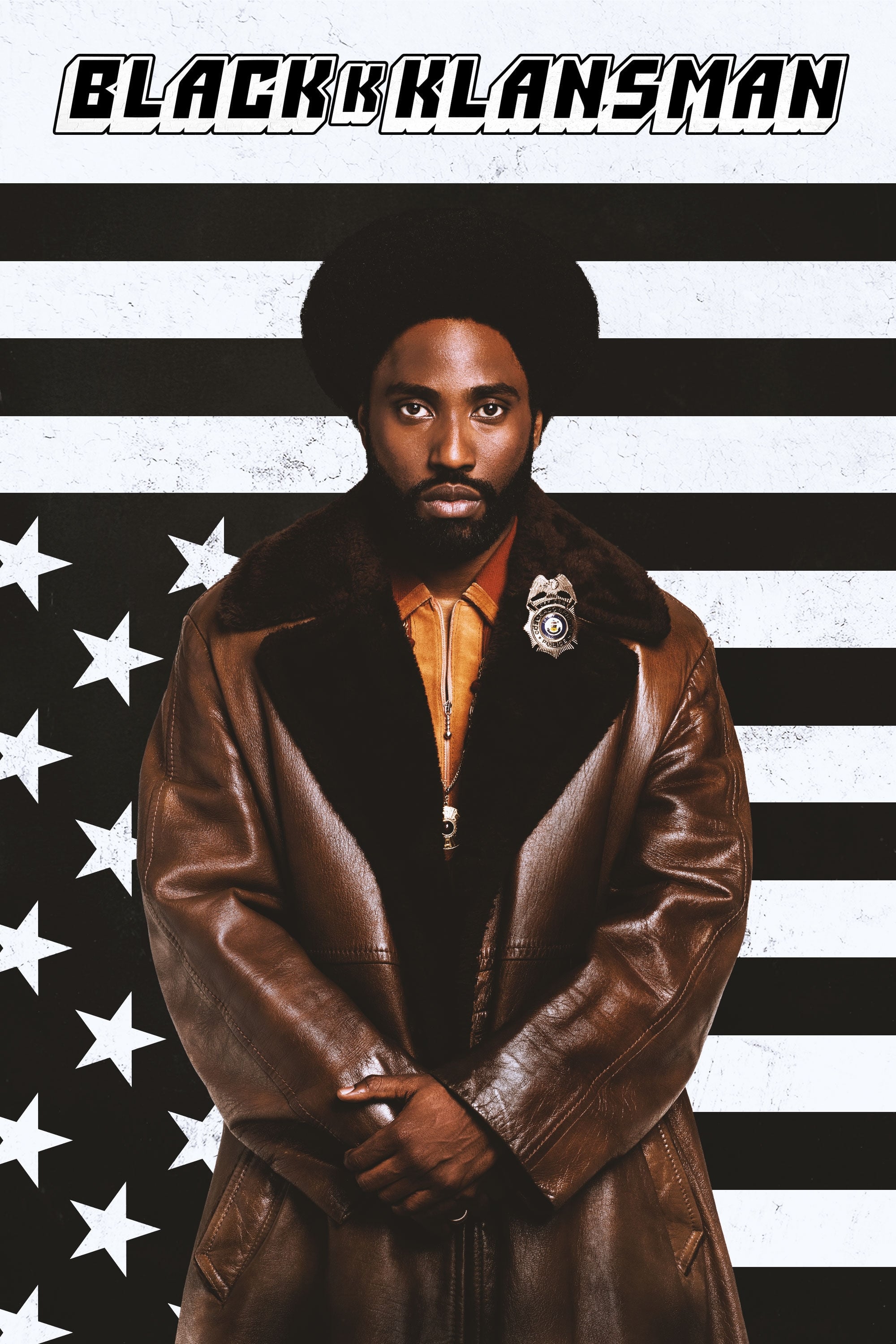
BlacKkKlansman (2018)
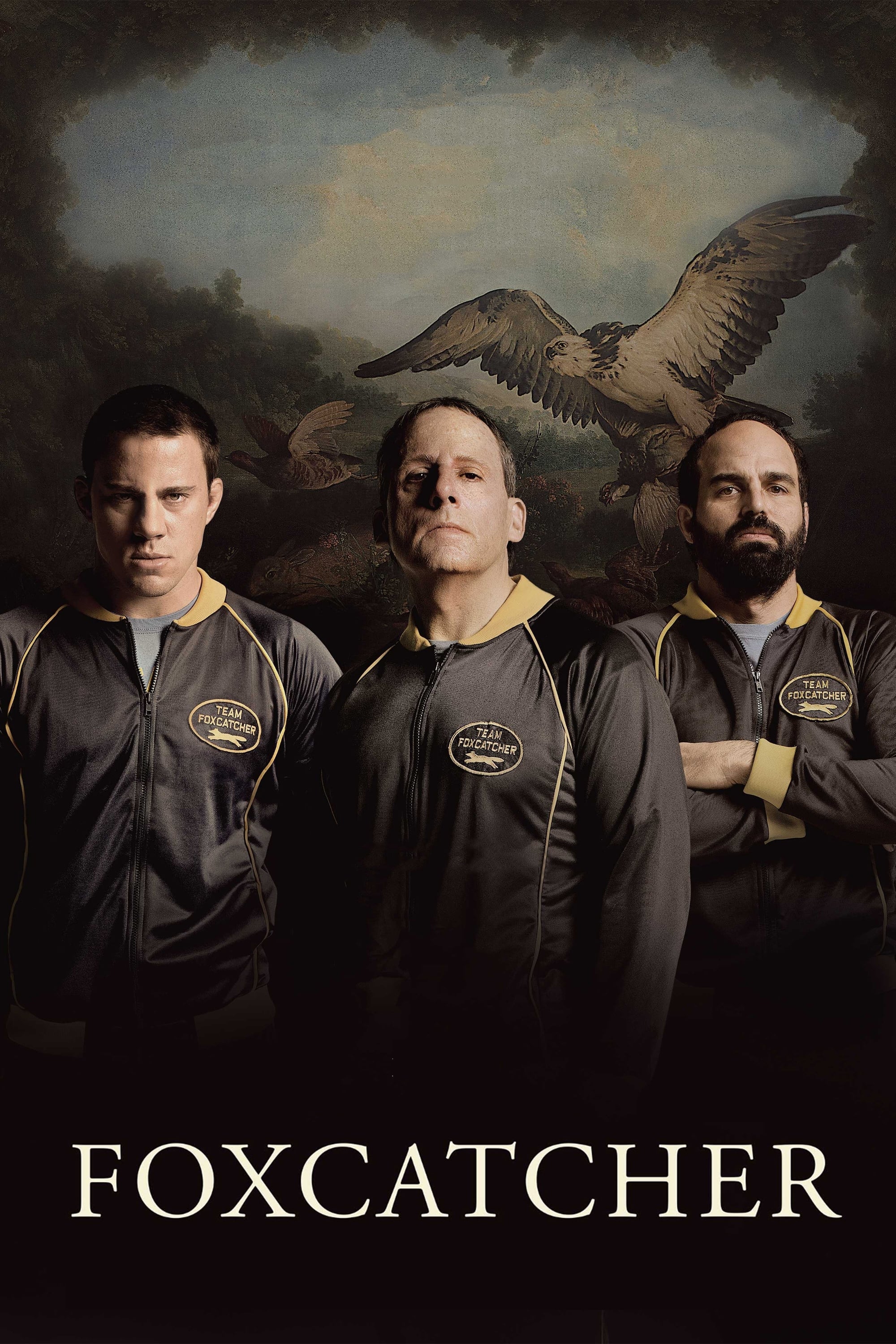
Foxcatcher (2014)

The Old Guard (2020)
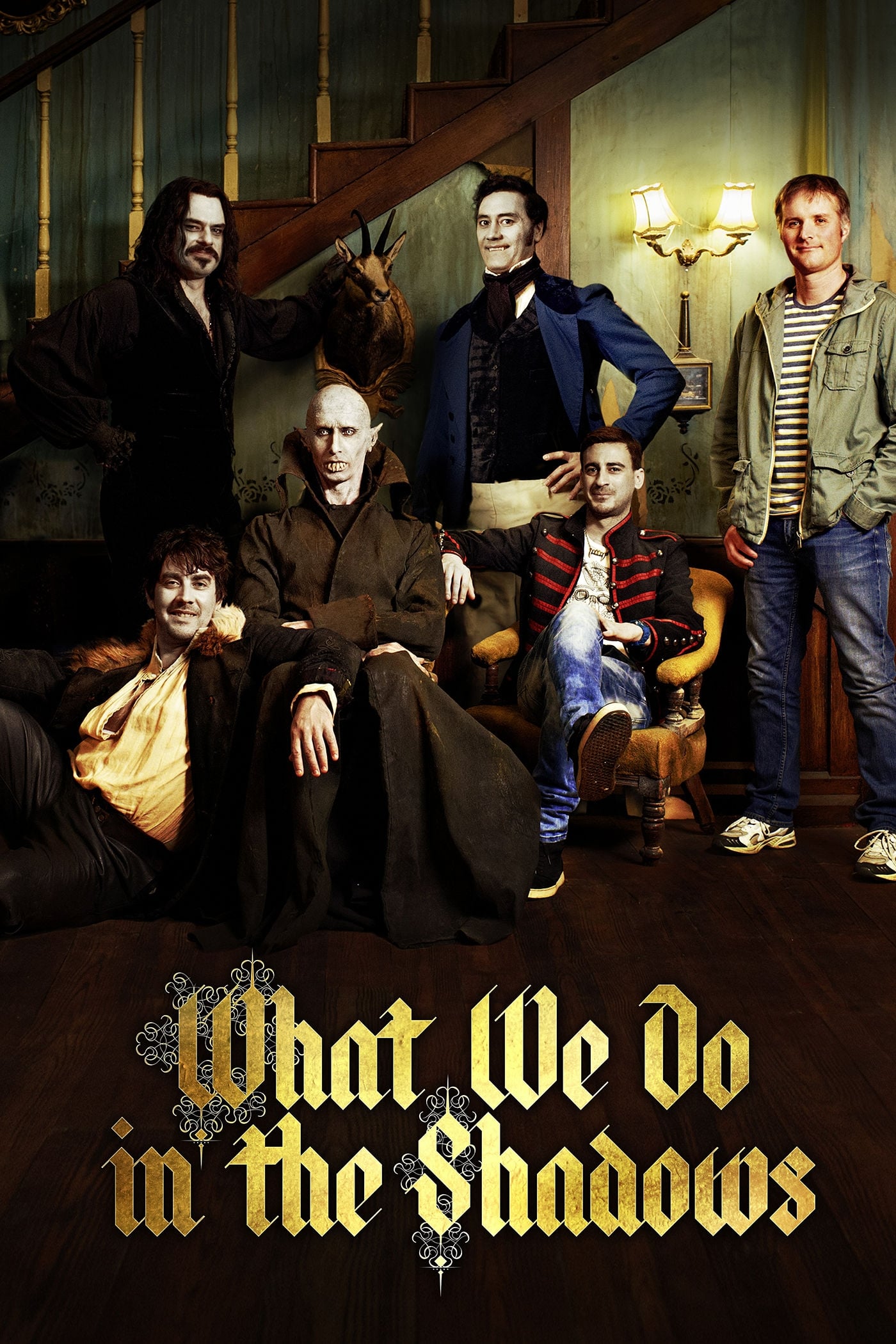
What We Do in the Shadows (2014)
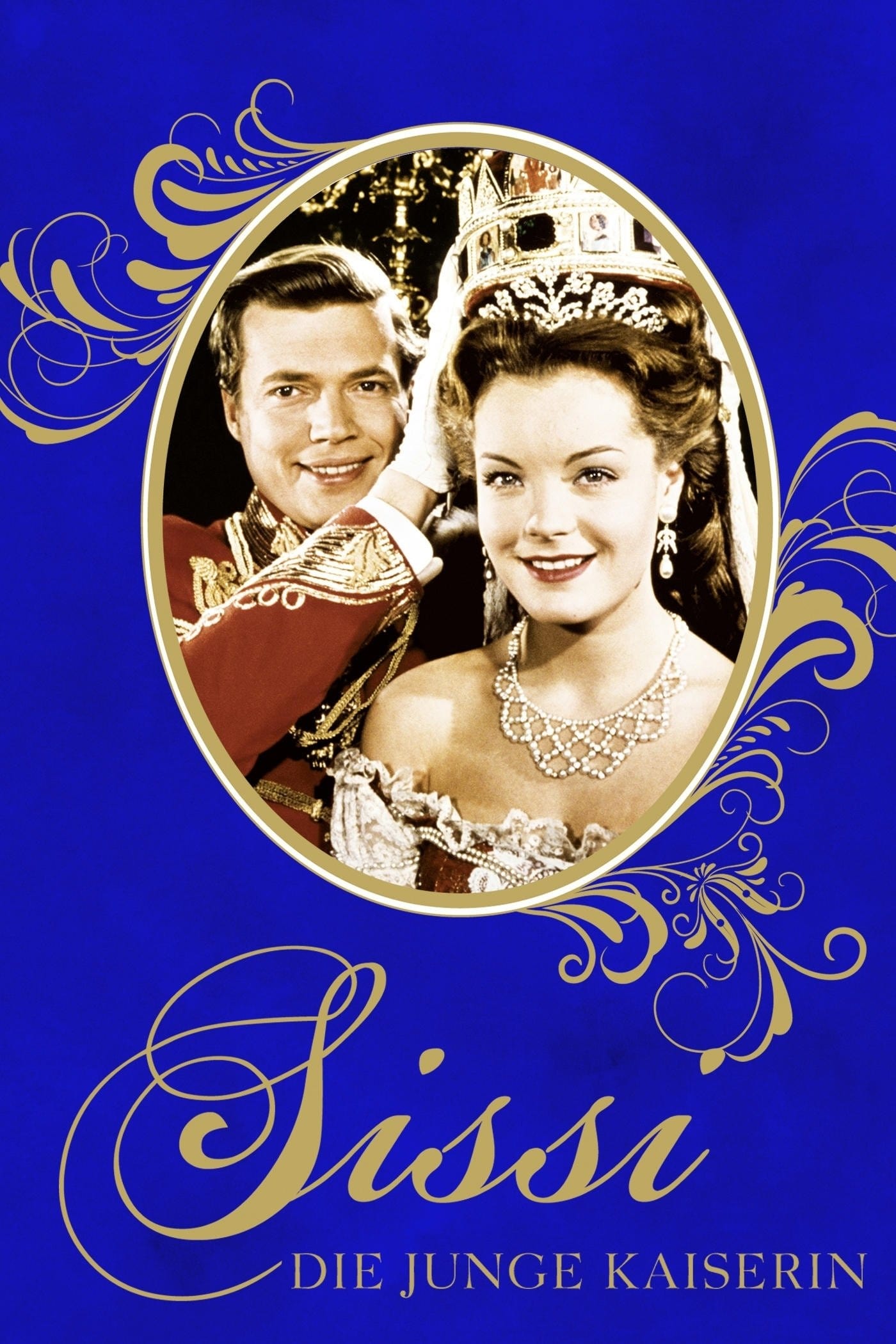
Sissi: The Young Empress (1956)
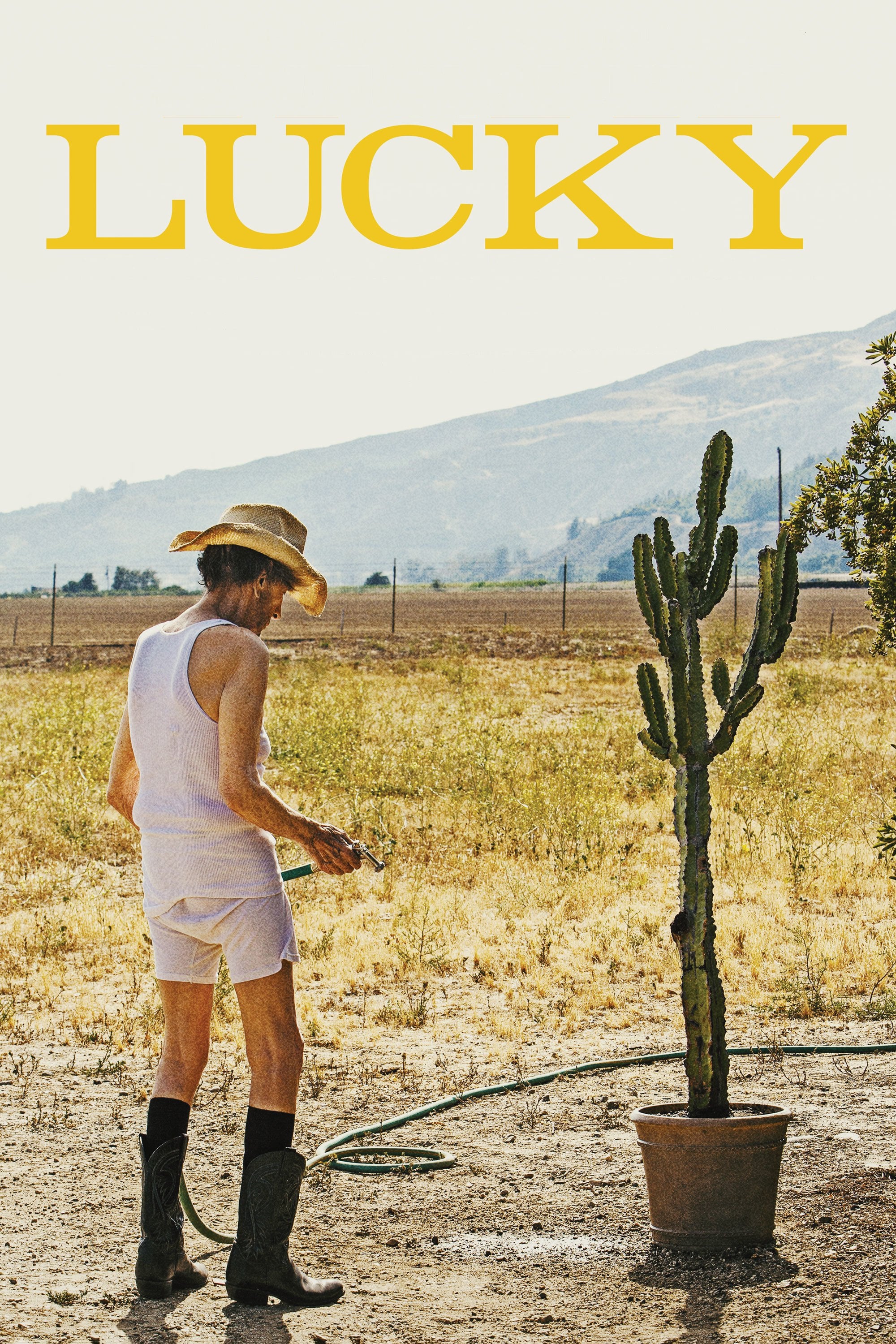
Lucky (2017)
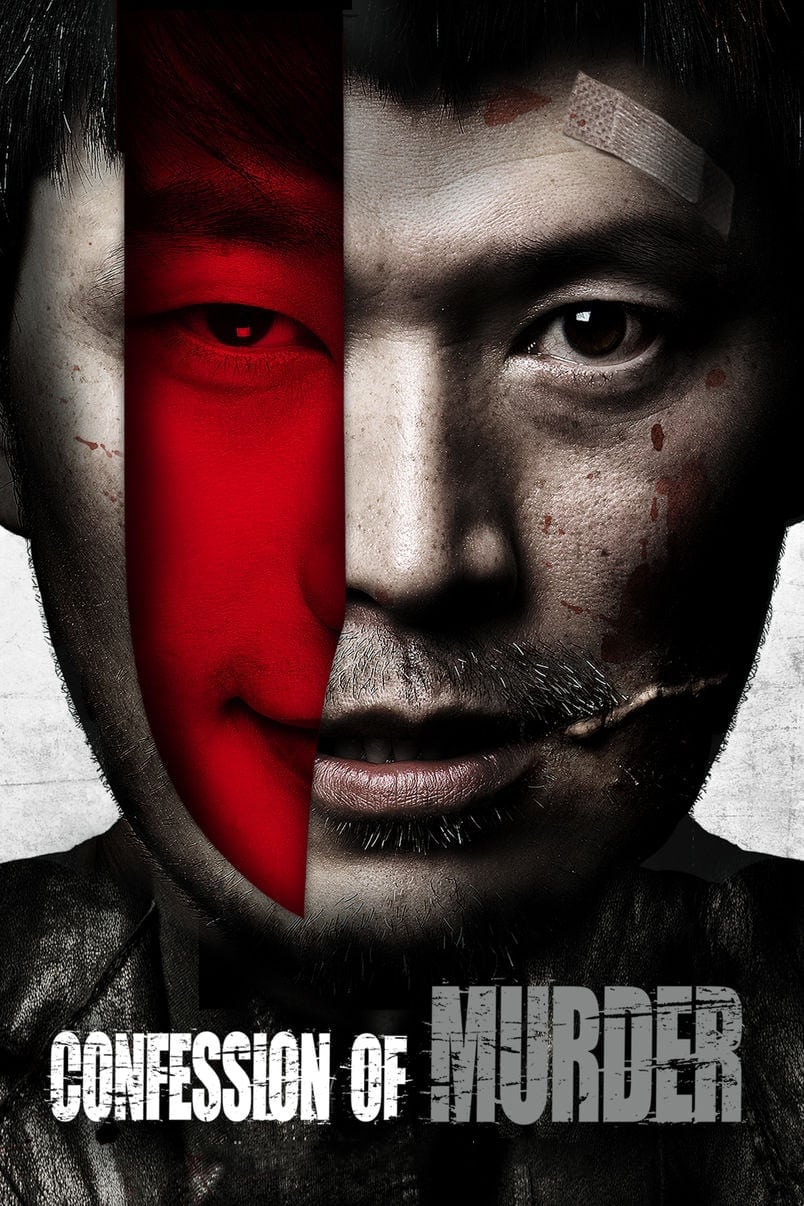
Confession of Murder (2012)
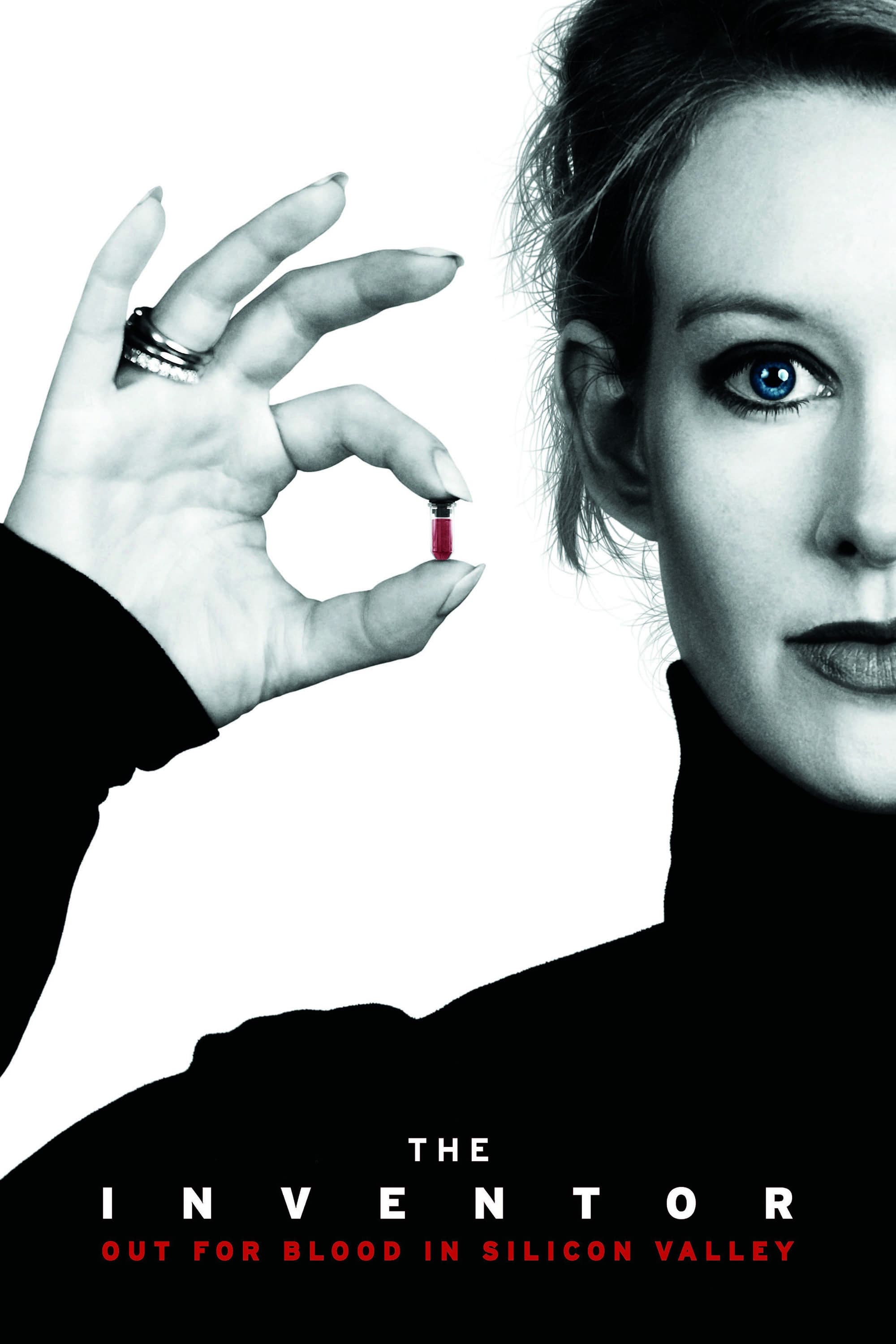
The Inventor: Out for Blood in Silicon Valley (2019)
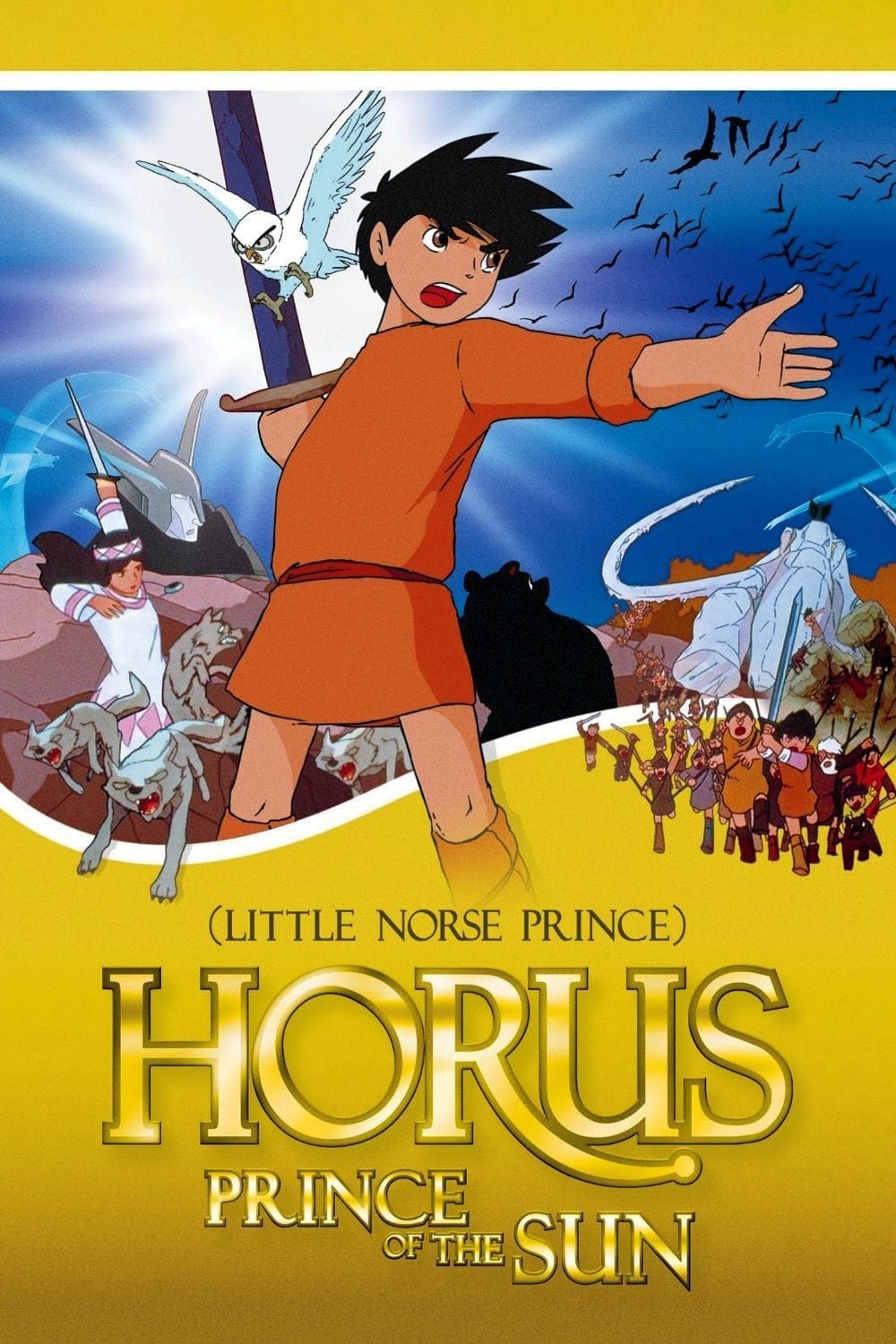
Horus: Prince of the Sun (1968)
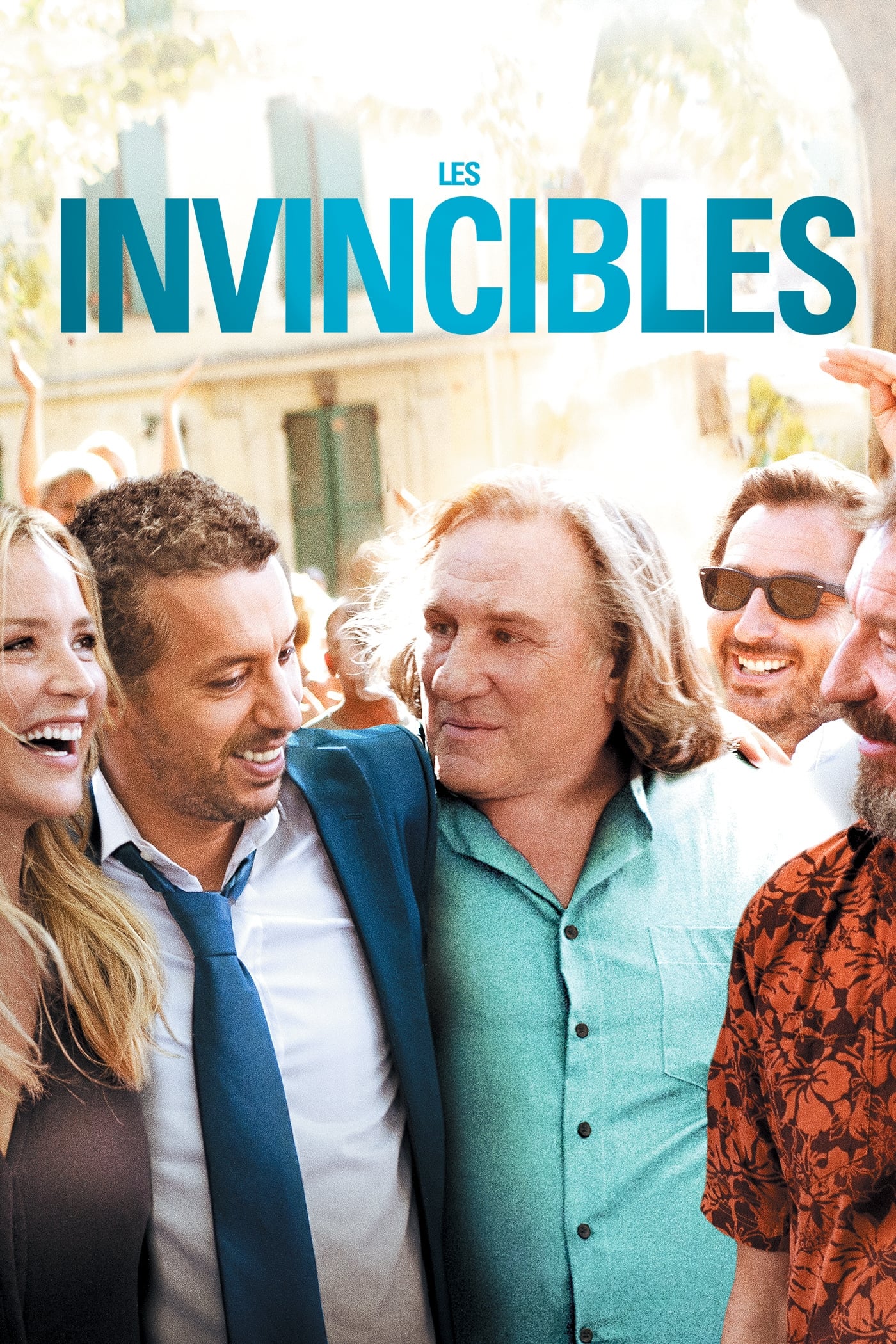
The World Petanque Tour (2013)
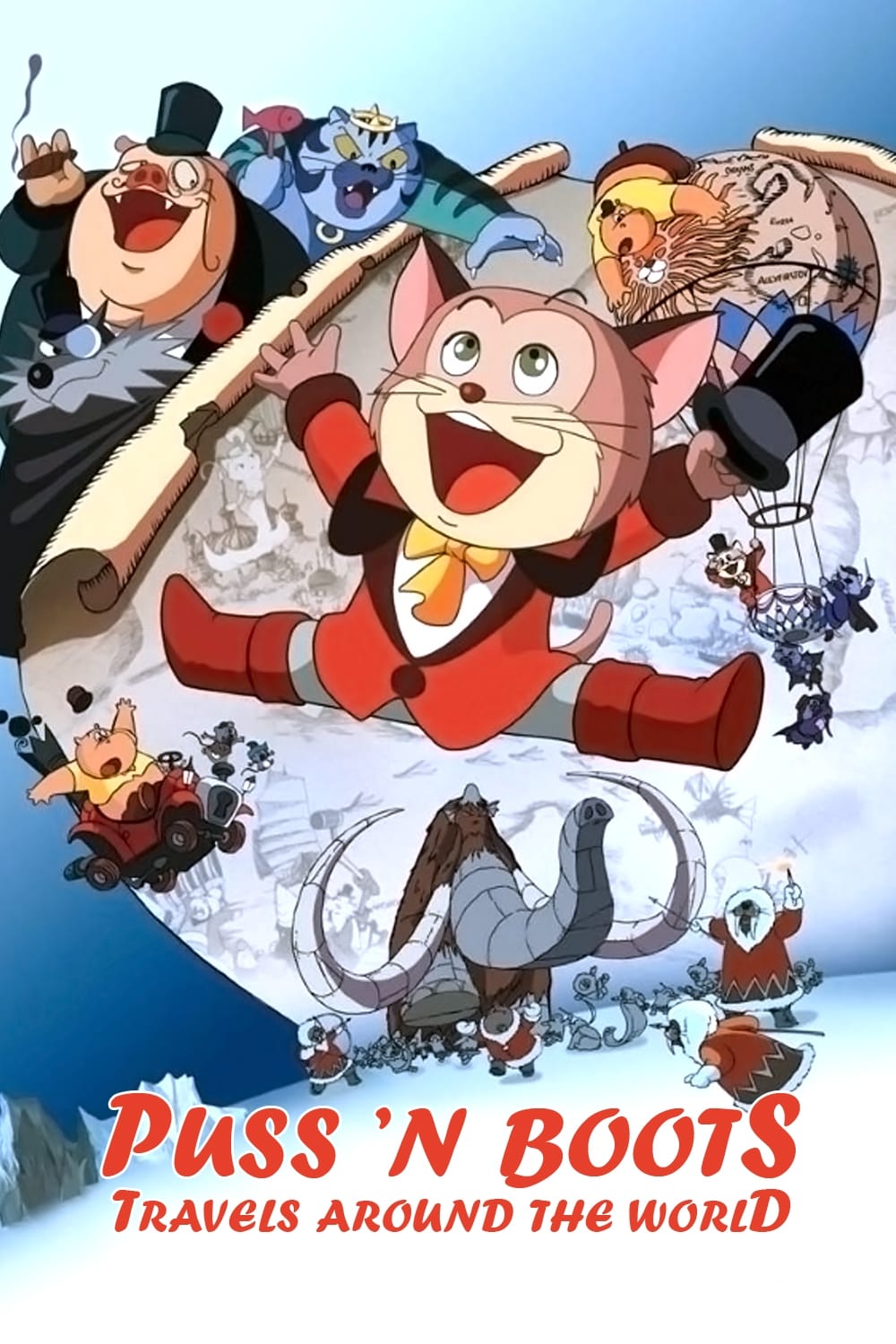
Puss 'n Boots Travels Around the World (1976)
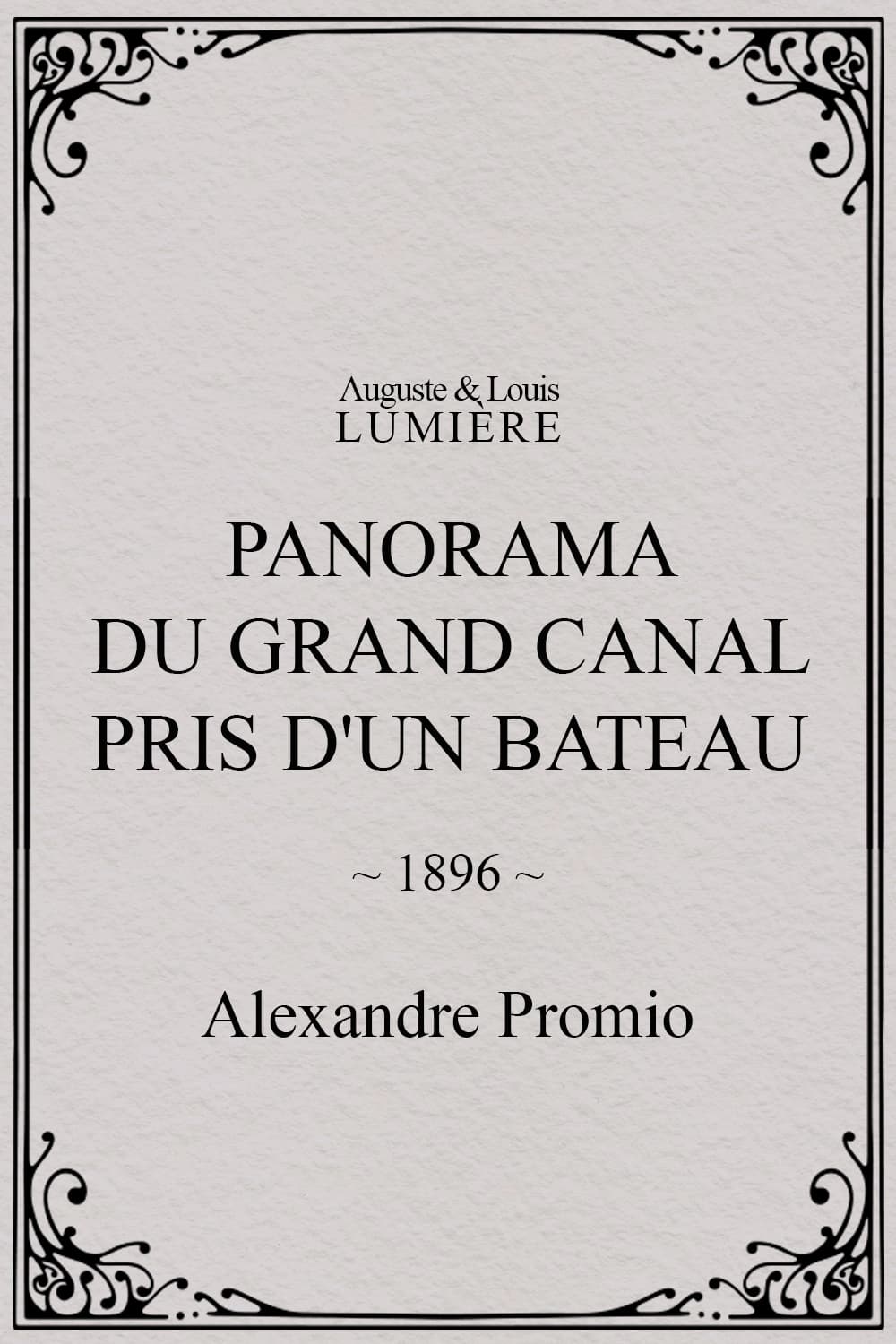
Panorama du grand Canal pris d'un bateau (1896)
